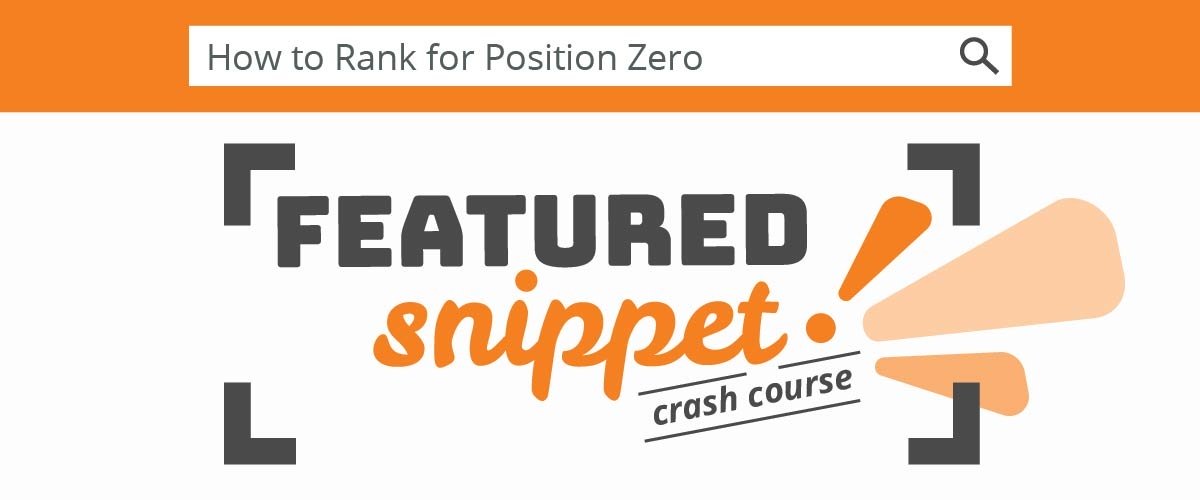The benefits of PPC are clear for those who run successful Adwords campaigns — a high return on the dollar and the ability to target pre-qualified buyers. But it’s also important to use multiple online strategies to boost your visibility. Here’s an overview of your other options.
1. Google Maps
If you have a brick and mortar location and you’re not already doing this, Maps should be first on your list. The companies who make it into the box that displays the top seven local hits for each industry appear on the first page of the search results, right under the top PPC ads. When combined with PPC and a good SEO strategy, this is a good way to show up on the front page more than once.
Whatever anyone tries to tell you, you don’t have to pay to get listed for the local search results. All you have to do is register with Google Maps, a process that includes having your existence at the listed address verified by Google, a process which takes about two weeks. Pretty simple, but actually ranking high in the map results is a different story.
Since being successful with Google Maps has a lot to do with getting into one of the top spots, this is where the work comes in. If you have a well-established business and you make your customers happy, it’s relatively easy. The process is similar to other SEO efforts, so just keep in mind that you’re aiming for ways to show popularity and relevancy — although popularity takes precedence, since Google wants to show the best businesses for each industry. One of the main ways to do this is by getting your clients or customers to review your business; another is by having a responsive website that gets a lot of search traffic.
For certain industries, especially ones that have a lot of hits, Google displays what they call the Google carousel — you know, that black menu bar that pops up when you’re looking for, say, a good restaurant in Portland. A study by the Search Engine Journal suggests that popularity and Google+ activity may rank higher for these hits than relevancy.
2. Google+ Local
So what’s this Google+ thing? Yeah, it’s a little different than Facebook. You can have one for your personal use, but the important one for your business will of course be your Google+ Local page. Essentially, it’s a place where you can display your popularity to Google, and a central area for your customer base to interact with you, write you reviews, show you their appreciation, and stay up-to-date on your news, posts, and contests.
What sets this apart from other social media is that it’s a Google product, and Google likes it when you play by their rules — it interacts well with other SEM efforts. Google takes Google+ interaction into account in your search rankings, boosting your SEO. Your PPC ads can feature social extensions that make it easy for people to see how many people +1 your business (equivalent to a “like” on Facebook), something which Google cites as sometimes yielding as much as a 5-10% increase in CTR.
For a more in-depth analysis about the benefits of Google+, read this synopsis of the benefits of Google+ for businesses, written by Alison Zeringue for Marketing Land. One quote in particular sums up the importance of having a go-between social media like Google+. She writes, “With search engine algorithms constantly evolving and becoming more intertwined with social media, the lines denoting where SEO stops and social begins are becoming blurrier by the day.” For business owners, this means that the formula for success must include a dose of social media presence, and Google+ makes this count for your Google rankings.
3. SEO
When most effective, SEO will be the type of online marketing that gives the highest return, because if you can get to the top of the results for your industry, you’ll be one of the first responses users find as an answer to the question they’re asking Google, and you’ll be getting their clicks for free. Searchers tend to consider these organic listings a reliable source for information, and if you’ve made it onto the first page, you’ve proven to Google that you’re a website with good content, lots of traffic, and high relevancy.
What do you need to know about SEO? Relevancy and popularity are two of the most important factors, but Google’s formula is lengthy, and each website and industry is different. Keep SEO in mind when building a website, and consult an SEO company when coming up with a strategy.
4. Social Media
Facebook marketing can be simple to set up, but the key is consistent activity. First, you’ll set up a Facebook Page, then invite friends to like the page. You can then choose to run sponsored ads, or come up with your own posts to perpetuate interest. Don’t forget to keep your marketing goals in mind while setting up the page. For instance, ask yourself how wide a net you want to cast, and how you want to go about casting it. Since people like to connect on Facebook with people they know, it’s a good place to market to a local market, but national and international companies use the sponsored ads quite effectively to target potential clients with interests related to their products.
The strategies involved with social media are as stylistically varied as traditional advertising can be. Some businesses choose to report what’s going on within the company, goals they’re reaching, and other news. Others share articles from within their industry, press about their company. Contests are a great way to get people to share and like your posts, exposing your brand to more potential customers.
The beauty of social media marketing is that you can use it creatively to generate traffic — there really are few parameters to the larger idea of creating buzz that gets people talking about your company, associating your brand name with your product, or going to your website (which helps your SEO).
I have a friend who works for a law firm, and his strategy is often to post funny comics that are only loosely related to personal injury law — if the comic is good, people will end up commenting, sharing, or liking the photo. How many of these responses are qualified buyers? Hard to say. It’s not as targeted an approach as advertising on the Search Network, but it adds a personal touch to your company’s marketing that goes far to win clients over and build loyalty. Having a strong online following is never a bad thing for a business.
Twitter, with 600 million users and counting, is another good place to share information and news about your company, and a little better than Facebook if you want to stick to short-form content. Also, it’s a great place to duplicate efforts from another marketing sector — for instance, by sharing an article recently posted on your blog. One other benefit is connecting with experts in your industry, paying attention to their posts, and bouncing off of their ideas, if you want to put a little more time in and it’s right for your industry.
Finally, there’s Instagram, already old in the technology world, but still relatively new. With 200 million users worldwide, it has quickly becoming a mainstay for many companies. It’s easy to use, and as the saying goes, a picture is worth a thousand words. Aim to grow your followers by posting photos that are interesting, or by incentivizing participation. Anything too overtly sales-y on this platform might alienate your followers, but again — strategies may differ. Our beloved Search Engine Journal can tell you more about why you should be on Instagram in the first place.
5. Email Marketing
Email marketing harkens back to a simpler time, it may seem, yet I still get emails all the time from Spotify, iTunes, Groupon, clothing retailers, and more. While email spam used to drive me crazy, now that I’ve unsubscribed from the less interesting ones, I actually do open the emails I get from companies I patronize a lot. Why? I like it because it can save me money as well as keep me updated on new products, and it only takes about five seconds to decide if its valuable or not. Because the information is relevant to me, it works.
Cost-benefit analysis shows that email marketing is a cost-effective method, but is a little more time-consuming than some avenues. You’re essentially using rhetoric to remind your clients you exist, or to get them to buy again. Ideally you’ll be operating from a list of emails given to you willingly by the clients themselves, an act of trust they may regret if your approach is too heavy-handed. The information you provide them should be quality, respectful of their time, and well-timed — not for the faint of heart.
Stay Up-To-Date!
Finally, the best way to keep your online marketing strong is to stay up-to-date! If you’re using social media, post something as often as possible (but make sure it’s relevant), and know what is working and what isn’t. If you’re targeting search engine traffic, know about the latest algorithms and add-ons. And as always, if you’re confused with all this tech stuff, ask an expert.

Logical Position, an Inc. 500 digital agency supporting 5,000+ clients across North America. LP is the proud recipient of Google’s Lead Generation Premier Partner of the Year and Microsoft's Global Channel Partner of the Year 2024! The award-winning agency offers full-service PPC management, SEO, Paid Social, Amazon and Creative Services for businesses large and small. As a Google Premier Partner, Microsoft Elite Partner & Meta Business Partner, LP is in the top 1% of ad spend managed across platforms.



